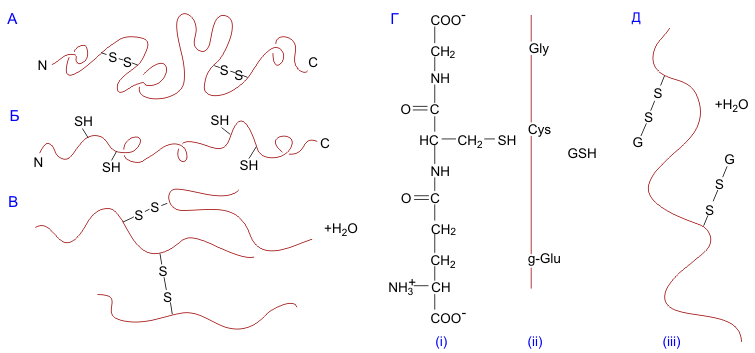Поствакцинальная фибросаркома у кошек: литература
Barber LG, Sorenmo KU, Cronin KL, et al: Effect of combined doxorubicin and cyclophosphamide therapy on nonresectable feline fibrosar-coma. Proceedings of the 16th Annual Conference of the Veterinary Cancer Society, Pacific Grove, CA, 1996, p 53. An abstract describing a retrospective study of the effects of combined doxorubicin and cyclophosphamide therapy on nonresectable fibrosarcomas in 10 cats.
Cronin KL, Page RL, Thrall DE: Radiation and surgery for fibrosarcoma in 33 cats. Vet Rad Ultrasound 39:51, 1998. A retrospective study of 33 cats comparing the effectiveness of radiation therapy alone versus rhdiation and surgery.
Davidson EB, Gregory CR, Kass PH: Surgical excision of soft tissue fibrosarcomas in cats. Vet Surg 26:265,1997. A retrospective study evaluating differences in tumor-free intervals and survival times in cats that have had one surgery, more than one surgery, or surgery followed by radiation therapy.
Ellis JA, Jackson ML, Bartsch RC, et al: Use of immunohistochemistry and polymerase chain-reaction for detection of oncornaviruses in formalin-fixed, paraffin-embedded fibrosarcomas from cats. J Am Vet Med Assoc 209:767,1996. The authors attempt, unsuccessfully, to identify FeLV and FeSV antigens or expression in vaccine-associated tumors using immunohistochemistry and the polymerase chain reaction.
Helfand SC, Kisseberth WC, Wielgosh P, et al: Abnormal expression of p53 tumor suppressor protein in feline fibrosarcoma. Proceedings of the 15th Annual Conference of the Veterinary Cancer Society, Tucson, AZ, 1995, p 67. An abstract discussing the role of p53 protein in neoplastic transformation in humans and cats.
Hendrick MJ, Shofer FS, Goldschmidt MH, et al: Comparison of fibrosarcomas that developed at vaccination sites and at nonvaccination sites in cats: 239 cases (1991-1992). J Am Vet Med Assoc 205:1425,1994. A retrospective epidemiologic study describing differences between vaccination-site fibrosarcomas and nonvaccination-site fibrosarcomas in regard to signalment of cat, size of the tumor, vaccines given, recurrence, metastasis, and final outcome.
Macy DW, Hendrick MJ: The potential role of inflammation in the development of postvaccinal sarcomas in cats. Vet Clin North Am Small Anim Pract 26:103, 1996. An overview of the history and pathogenesis of postvaccinal sarcomas, with emphasis on the role of specific vaccines and the inflammatory responses they evoke.
